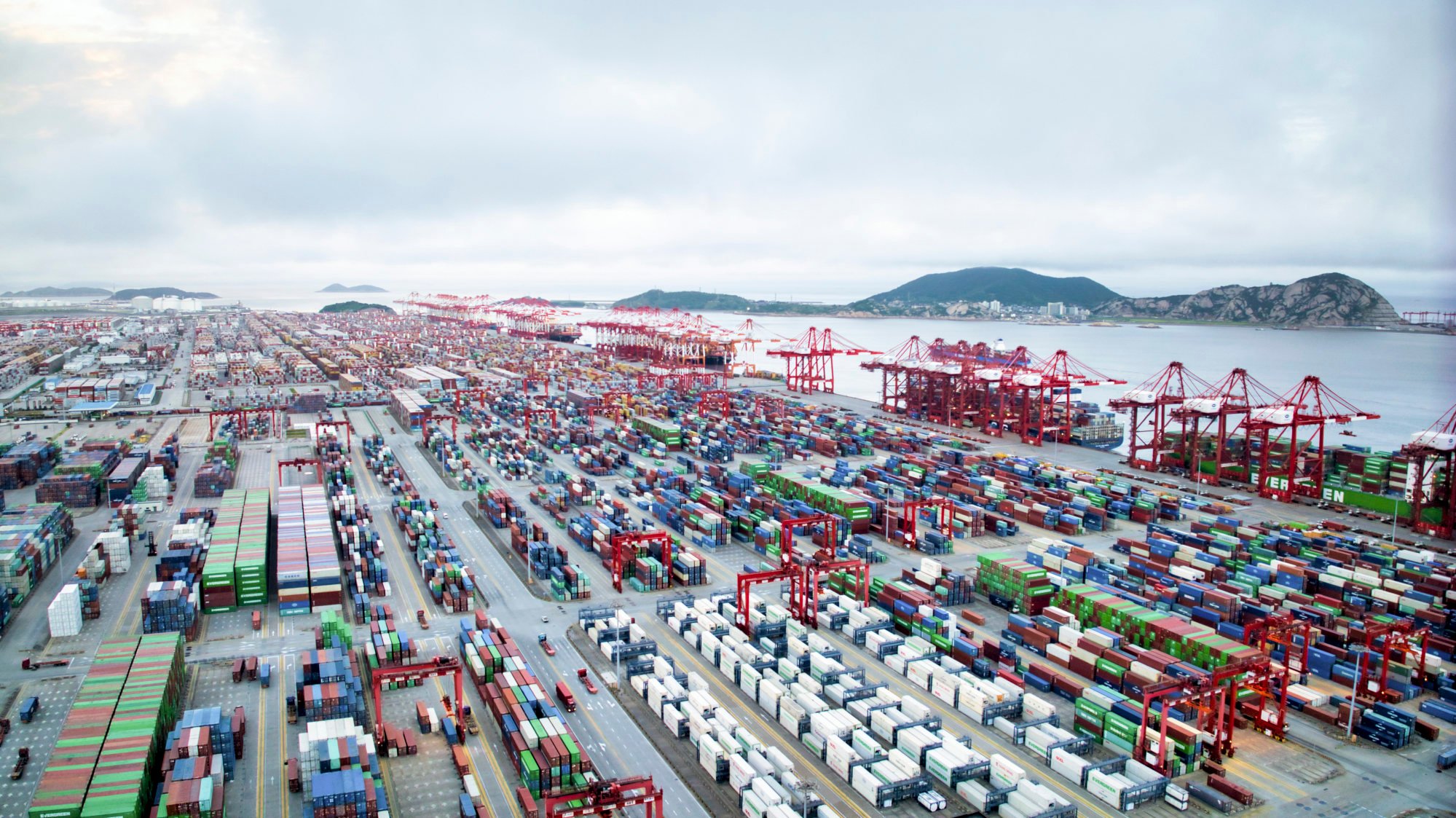Exporters of certain carbon-intensive products – including those in China – have six more months to set up systems to collect, calculate and report emissions data to help their European customers meet disclosure requirements ahead of the launch of the world’s first carbon duty on imports, according to a tax expert.
Those that fail to provide greenhouse-gas emissions data on their products may risk being dumped by their customers when the European Union starts requiring importers to submit actual data from the third quarter of 2024, said Andrea Yue, a Beijing-based partner at Ernst & Young (China) Advisory.
For the three quarters up until the end of June this year, importers have been allowed to use “default” estimates – preset world averages – in their disclosure filings. After that, EU importers may require Chinese exporters to provide actual data for declaration purposes.
Reliable data is required to determine the carbon tax, which the EU is imposing from 2026. Called the Carbon Border Adjustment Mechanism (CBAM), it will be based on the emissions of the imported products and the prevailing EU carbon quota price, less any carbon tax paid in the exporter’s home country.

“The CBAM is a revolutionary development, since this is the first time globally for a tax to be imposed on the greenhouse-gas emissions of an exported product,” Yue told the Post. “Governments in other regions, such as North America, are also considering similar taxes. I believe this will become an international trend.”
The reporting and tax regime applies to six types of emissions-heavy goods: electricity, steel, aluminium, cement, chemicals and hydrogen. It will be implemented in a phased manner. Non-compliant importers could be liable to fines of €10 (US$10.70) to €50 per tonne of unreported emissions.
China is the largest source of CBAM-covered imports, amounting to €20 billion in 2022, or 3.2 per cent of all Chinese goods exported to the EU, Yue noted, citing EU official statistics. The biggest Chinese exports affected are steel and aluminium.
China steps up carbon emissions trading regulation, data fabrication crackdown
China steps up carbon emissions trading regulation, data fabrication crackdown
CBAM aims to discourage companies from replacing EU-based manufacturing with imports from non-EU nations that have laxer climate policies, thus offsetting the EU’s efforts to reduce emissions. It seeks to achieve this by removing incentives for companies to relocate manufacturing while inducing them to invest in decarbonisation facilities at plants in the EU. The European Commission on February 6 floated a legislative proposal on a target to slash EU carbon emissions by 90 per cent by 2040 from 1990 levels.
The first set of quarterly direct and indirect emissions data was due for submission on January 31, but this has been delayed by a month to ensure the EU government’s data reporting system will function properly and to give declarants more time to prepare, Yue noted.
“The CBAM rules, contained in a document of several hundred pages, are very complicated, and so is the return that needs to be filed by importers,” she said. “For Chinese exporters, they have around six months to learn to provide the data needed by their EU customers.
China’s wind and solar power generation capacity to surpass coal in 2024
China’s wind and solar power generation capacity to surpass coal in 2024
“What we have been helping our clients the most with recently is education, such as what products are within the remit of CBAM, how to calculate the relevant emissions and filing the return.”
Until the end of next year, just before the first levy is imposed, verification of emissions data by an external third party will be purely voluntary. It is not clear whether it will become mandatory. In the longer term, demand for disclosure audits may rise, Yue said.
The process can be overwhelming and burdensome for Chinese exporters in the short term, Yue said. And given the low price of carbon permits in China, it is likely that importers will have to pay taxes in 2026, passing the costs on to exporters, she added.
“But the short-term pain may bring long-term benefits as it will add pressure for upgrading production facilities and processes to lower emissions footprint,” she said. “In the long term, if we embrace this as an opportunity, it can be a good thing.”

